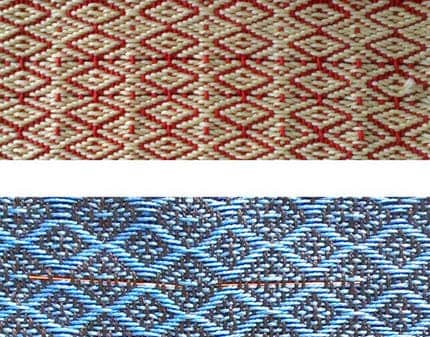The more data doctors have of their patients’ health, the better the treatments they can prescribe. Ideally, you’d want patients to be constantly monitored for key life signs like heart rhythm, glucose levels or even brain activity. Typically, this is only possible in a hospital setting, but what if you want to follow how a patient is doing in real time for long periods of time, months or even years? A non-invasive technique would be to embed both monitoring and signaling devices directly into the clothing. Canadian researchers have faith something like this is possible using so-called “smart textiles” which they developed.
Smart fibers for smart clothing

A schematic that illustrates the various applications of a smart fiber sensing network. Image: Stepan Gorgutsa, Universite Laval
“The fiber acts as both sensor and antenna. It is durable but malleable, and can be woven with wool or cotton, and signal quality is comparable to commercial antennas,” explained Professor Younes Messaddeq at Université Laval’s Faculty of Science and Engineering and Centre for Optics, Photonics and Lasers.

Smart fabric is durable, malleable, and can be woven with cotton or wool. Horizontal lines are antennas. (Credit: Stepan Gorgutsa, Universite Laval)
The fibers are made out of a polymer-clad silica with a hollow-core. The material can easily withstand high tensile and bending stresses, meaning it can easily twist and shrug as is often the case with clothing. The fibers are also resistant to mechanical abrasion and harsh environments like humidity, high temperatures, acid or detergent exposure due to the thick polyimide polymer overcoat.
All the conducting elements are inside the fibers, which are thick enough to protect the wiring against the environment. Various sensors can be attached to the surface to monitor key health signals, which are then relayed through 2.4 GHz wireless networks with excellent signal quality. A shirt that registers your heart rate or a cap that reads your brain activity is now possible. Medical monitoring doesn’t need to be bulky and invasive; tucked inside smart fibers and woven along with regular cotton fibers, virtually any stylish clothing could be turned into a medical station.
The findings were described in a paper published in the journal Sensors. [story via KurzweilAI]









